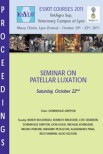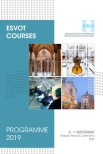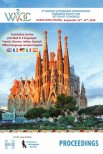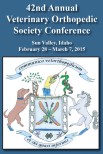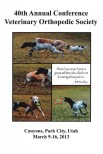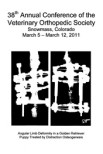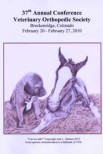Reasons for performing study: Insight into the loading pattern of the articular cartilage surface during the complete stride is important as biomechanical factors play a pivotal role in the pathogenesis of joint trauma and osteoarthritis (OA).
Objectives: To determine the loading pattern in the equine MCP articulation in vitro during simulated walk.
Methods: Eight cadaveric limbs from mature Dutch Warmblood horses were loaded in a pneumatic loading device in 6 different positions (A1-A6). The pressure distribution on the articular surface of the proximal phalanx (P1) was measured at 7 sites (S1-7) using intra-articularly placed pressure sensitive films, which were analysed by scanning and densitometry.
Results: Pressures recorded after mid-stance (A4, 5, 6) were significantly (P<0.05) higher than those before (A1, 2, 3) and showed the biphasic loading pattern of the walk at all sites, except for the site halfway along the sagittal groove (S7). At S7, there was a linear increase in pressure during the progress of the stance phase of the stride in most horses. Medially (S4, 5, 6) the pressure was significantly higher than laterally (S1, 2, 3) (P<0.05).
Conclusions and potential relevance: The heavier medial loading coincides with the location where articular cartilage degeneration in the process of OA in the equine MCP joint is known to start. The discrepancy between the loading of the central groove and the other parts of the joint may result in large stress differences at the end of the stance phase, which might be related to the pathogenesis of stress fractures in the first phalanx and distal third metacarpal bone.
